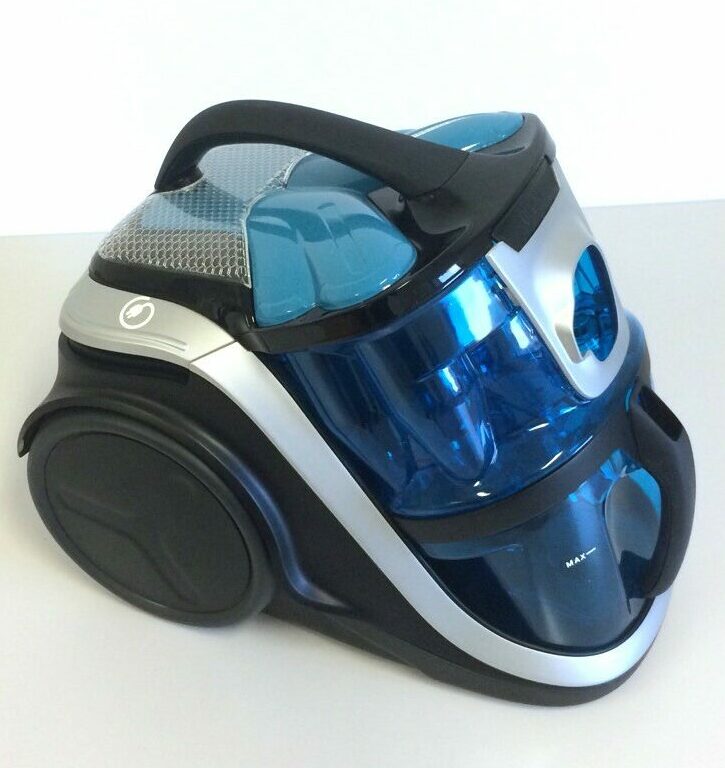There are many different additive manufacturing or 3D printing technologies. Although it has a modern image and recent technology, 3D printing has been around since the 1980s. Of course, over time, the original simple technology has been greatly developed, giving rise to different approaches and using more and more different materials.
At Axis, we use the main :
- 3D printing using Fused Deposition Modelling (FDM), which uses a wide range of low-cost plastic materials. We work withe-motion Techa French company, but also with Stratasysone of the market leaders.
- The stereolithography (SLA) enables us to create prototypes that are virtually identical to the final product, thanks to a printing quality equivalent to injection molding. It can also be used to produce translucent and transparent parts. We have recently invested in very large machines from the company
Raplas
. - The
Multi jet fusion
(MJF) from
HP
brand, enables the production of functional and dimensional validation prototypes - The
powder sintering
(SLS), similar to MJF, offers great flexibility in terms of materials. - The
vacuum casting
ideal for rapid prototyping of small runs of up to 20 high-quality parts - Reaction injection molding RIMreaction injection molding, similar to vacuum casting, can be used to design a larger number of parts.
- The metal sintering (DMLS/SLM) is used to create metal prototypes, either raw or machinable if maximum precision is required.
These technologies, some of them complementary, enable us to offer unprecedented responsiveness and quality. Numerous customers trust us with their projects (see the news feed), which is why we are constantly investing in the latest technologies available on the market.
If you want to learn more about additive manufacturing technologies, feel free to contact our experts to define the best approach for your project.


